Home>Articles>How To Take Temperature Control Off Your Electric Skillet
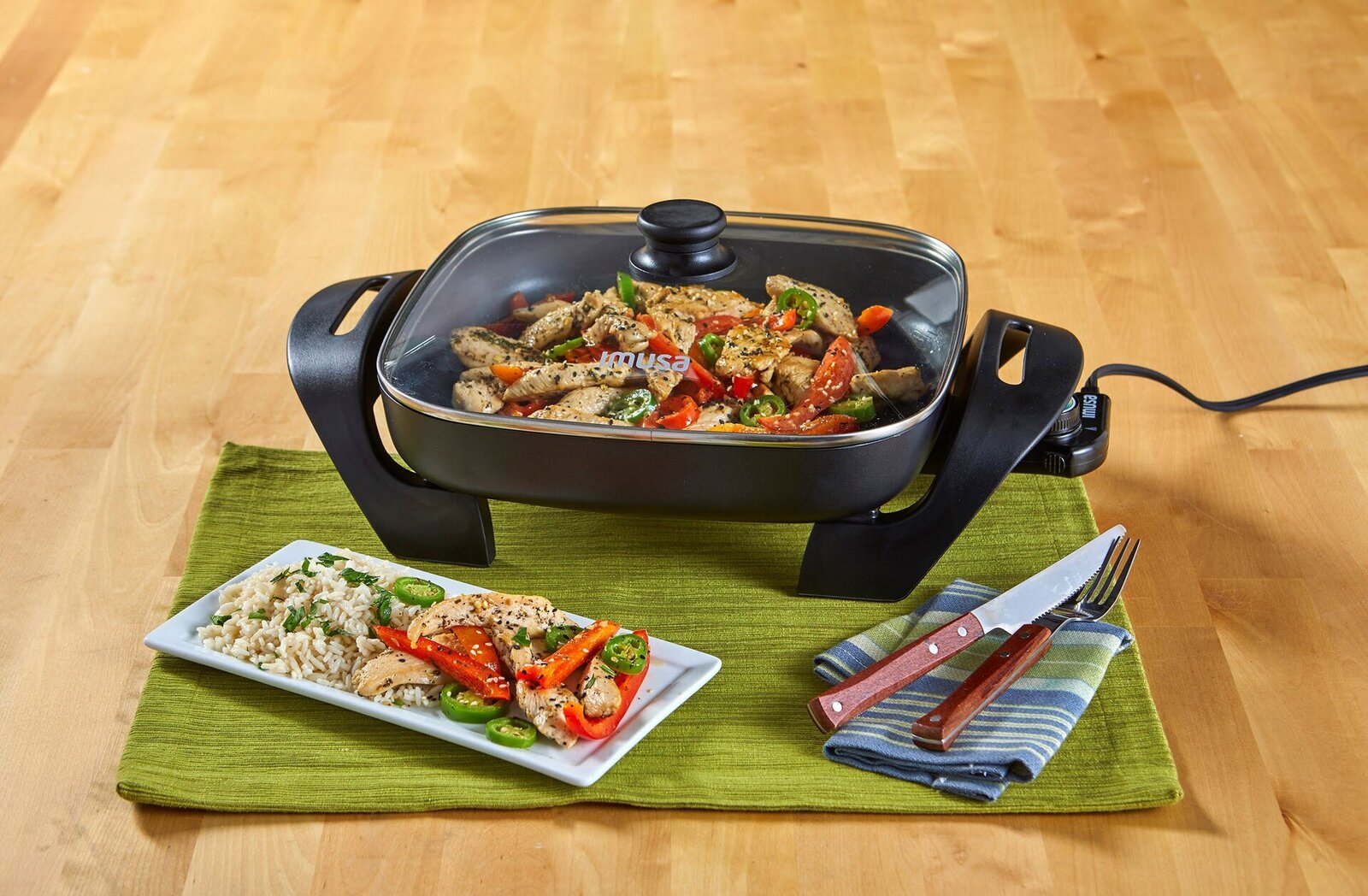

Articles
How To Take Temperature Control Off Your Electric Skillet
Modified: August 19, 2024
Discover the ultimate guide on temperature control for electric skillets. Learn how to safely remove temperature control and find helpful articles on this topic.
(Many of the links in this article redirect to a specific reviewed product. Your purchase of these products through affiliate links helps to generate commission for Storables.com, at no extra cost. Learn more)
Introduction
In modern kitchens, electric skillets have become a popular and convenient tool for cooking a variety of dishes. These versatile appliances offer the advantage of precise temperature control, allowing cooks to achieve perfect results every time. However, there may be situations where you might want to take temperature control off an electric skillet.
In this article, we will explore the workings of electric skillets, the functionality of temperature control, the reasons for removing it, and the risks and limitations associated with doing so. We will also discuss alternative methods for achieving temperature control without the use of the built-in feature.
So, if you’re wondering if you can take the temperature control off your electric skillet and how to do it, let’s dive in and find out!
Key Takeaways:
- Removing the temperature control from an electric skillet may offer more space and flexibility for specialized cooking techniques, but it comes with risks such as loss of safety features and voiding the warranty. Proceed with caution and explore alternative methods for temperature control.
- Alternative methods for achieving temperature control, such as using external thermometers or stovetop heat settings, can provide options if you decide to remove the temperature control from your electric skillet. Experiment carefully and prioritize safety in your culinary endeavors.
Understanding Electric Skillets
Electric skillets are countertop cooking appliances that are designed to offer a convenient alternative to traditional stovetop cooking. They typically consist of a large non-stick cooking surface, a heating element, and a temperature control dial or panel.
Electric skillets are popular for their versatility, as they can be used for a wide range of cooking methods, including frying, sautéing, stir-frying, braising, and even baking. They provide even heat distribution, which helps to ensure that food cooks evenly and thoroughly.
These skillets are powered by electricity, which means that they can be used in any kitchen with an electrical outlet. This makes them ideal for use in small spaces, outdoor kitchens, or even when camping or RVing, where access to a traditional stovetop may be limited.
Electric skillets come in various sizes, ranging from compact models suitable for a single person or small households, to larger ones that can accommodate larger batches of food for entertaining or family meals.
The temperature control feature is an essential aspect of electric skillets, as it allows the cook to adjust and maintain the desired cooking temperature. This control can be in the form of a simple dial with temperature markings or a more advanced digital display with specific temperature settings.
Now that we have a basic understanding of electric skillets, let’s explore the functionality of the temperature control feature in more detail.
Temperature Control Functionality
The temperature control function in an electric skillet allows the cook to regulate and adjust the heat according to the specific cooking requirements. This feature is crucial for achieving optimal cooking results and preventing food from burning or undercooking.
Electric skillets typically offer a range of temperature settings, allowing you to choose the desired heat level based on the recipe or cooking technique. The temperature control dial or panel may have specific temperature markings or a range of low to high heat settings.
Using the temperature control feature is relatively straightforward. Once plugged in and turned on, you simply adjust the temperature dial or press the corresponding buttons to set the desired heat level. The skillet’s heating element then activates and maintains the selected temperature throughout the cooking process.
This functionality is particularly useful for delicate or precise cooking techniques that require precise heat control. For example, when making pancakes, you can set the temperature to a medium heat to ensure they cook evenly and don’t burn. On the other hand, if you’re searing a steak, you can crank up the heat to high for a beautiful crust.
The temperature control feature also helps to keep food warm after it’s been cooked. This is especially handy when you’re entertaining guests or preparing a buffet-style meal where you want to keep your dishes at a desirable serving temperature.
Overall, the temperature control functionality in electric skillets allows for precise and customizable cooking, making them a versatile and practical tool in the kitchen.
Reasons for Taking Temperature Control Off
While the temperature control feature in electric skillets offers convenience and precision in cooking, there may be circumstances where you would want to consider removing it. Here are a few reasons why:
- Specialized Cooking Techniques: Some cooking techniques require specific temperature settings that may not be offered by the built-in temperature control. For example, if you’re looking to achieve a specific temperature for sous vide cooking, you may need to remove the temperature control to use an external sous vide precision cooker.
- Using an External Temperature Control: If you have an alternative temperature control device or probe that you prefer to use, you may choose to remove the built-in temperature control to accommodate your preferred method.
- Frees up Space: Removing the temperature control panel can provide additional space on the cooking surface, allowing you to use the electric skillet for larger dishes or for more versatile cooking.
- Easier Cleaning: Some temperature control panels can be cumbersome to clean, especially if they are not detachable. Removing the control panel may make it easier to clean the non-stick surface thoroughly.
- Repair or Replacement: In the event that the temperature control malfunctions or breaks, you may choose to remove it temporarily until it is repaired or replaced. This allows you to continue using the electric skillet, albeit without the temperature control functionality.
It’s important to note that removing the temperature control may void the warranty of your electric skillet, so it’s always a good idea to check the manufacturer’s instructions and consult the user manual before proceeding.
Now that we’ve explored the reasons for removing the temperature control, let’s delve into the risks and limitations associated with this decision.
Yes, you can take the temperature control off an electric skillet by unplugging it and allowing it to cool down before removing the control knob. Be sure to follow the manufacturer’s instructions for safe removal.
Risks and Limitations
Before removing the temperature control from your electric skillet, it’s crucial to be aware of the potential risks and limitations that may arise. Here are some important points to consider:
- Lack of Temperature Control: The most obvious limitation of removing the temperature control is the loss of the ability to adjust and regulate the cooking temperature. This may result in challenges when trying to achieve precise cooking results or when following recipes that require specific temperature settings.
- Increased Risk of Overcooking or Burning: Without the temperature control feature, you may have a higher risk of overcooking or burning your food. Since you won’t have the ability to lower the heat or maintain a constant temperature, you’ll need to carefully monitor and adjust the heat manually.
- Difficulty in Achieving Desired Results: Certain cooking techniques or recipes may rely heavily on the temperature control feature to achieve the desired texture or doneness. Removing the temperature control may make it challenging to replicate those results consistently.
- Loss of Safety Features: The temperature control in electric skillets often includes safety features such as overheating protection or automatic shut-off. Removing the temperature control could potentially eliminate these safety measures, increasing the risk of accidents or damage to the appliance.
- Voiding Warranty: As mentioned earlier, removing the temperature control may void the warranty of your electric skillet. This means that if any issues arise with the skillet in the future, you may not be able to enjoy the benefits of warranty coverage.
It’s important to weigh these risks and limitations against your specific needs and cooking preferences before deciding to remove the temperature control from your electric skillet. It’s also worth exploring alternative methods for achieving temperature control, which we will discuss in the next section.
Now that we understand the risks and limitations, let’s explore how to remove the temperature control from your electric skillet.
How to Remove Temperature Control
If you’ve decided to remove the temperature control from your electric skillet, it’s essential to proceed with caution and follow these steps:
- Ensure the skillet is unplugged and completely cool before attempting to remove the temperature control. Safety should always be a priority.
- Inspect the control panel to determine if it can be detached easily. Some electric skillets have removable control panels that can be unplugged or unscrewed from the main unit. In this case, carefully detach the panel according to the manufacturer’s instructions.
- If the control panel is not detachable, you may need to open up the electric skillet to access the wiring connected to the temperature control. Again, refer to the user manual or manufacturer’s instructions to understand how to safely disassemble the skillet.
- Once you have access to the wiring, identify the connections to the temperature control. You may need to disconnect the wires or unscrew any terminals to fully remove the control.
- Take note of the wiring configuration or take pictures to ensure you can reassemble the skillet correctly if needed in the future.
- After removing the temperature control, carefully close up the electric skillet, making sure all screws or fasteners are securely tightened.
It’s important to remember that removing the temperature control may alter the functionality and safety features of the electric skillet. Proceed with caution and consider consulting a professional if you have any concerns or doubts about the process.
Now that we’ve explored the steps for removing the temperature control, let’s discuss alternatives for achieving temperature control without using the built-in feature.
Alternative Methods for Temperature Control
If you have removed the temperature control from your electric skillet or are looking for alternative ways to achieve temperature control, here are a few options to consider:
- External Thermometer or Probe: You can use an external thermometer or a probe thermometer to monitor the temperature of the cooking surface. Simply insert the probe into the food or place it directly on the surface to get an accurate reading. Adjust the heat manually based on the desired temperature.
- Stovetop Temperature Control: If your electric skillet is compatible, you can place it on a stovetop burner with adjustable heat settings. This allows you to take advantage of the precise temperature control offered by your stovetop, giving you more control over the cooking process.
- Use of Induction Cooktop: If you have an induction cooktop, you can place your electric skillet on it for better temperature control. Induction cooktops offer precise heat control, allowing you to achieve the desired cooking temperature with ease.
- Adjustable Power Strip or Transformer: Some electric skillets can be connected to an adjustable power strip or transformer. These devices allow you to adjust the voltage supplied to the skillet, effectively controlling the heat output. However, it’s important to note that not all electric skillets are compatible with this method, so check the manufacturer’s instructions before attempting.
- Use of Other Cooking Appliances: Depending on the recipe or cooking method, you may be able to achieve temperature control using other kitchen appliances, such as an oven, slow cooker, or sous vide machine. These appliances are specifically designed to regulate and maintain precise temperatures for various cooking techniques.
It’s important to note that while these alternative methods can provide temperature control, they may not offer the same convenience and precision as the built-in temperature control on your electric skillet. It’s always a good idea to experiment and monitor the cooking process closely to achieve the desired results.
Now that we’ve discussed alternative methods for achieving temperature control, let’s conclude our exploration.
Conclusion
Electric skillets are a versatile and convenient tool for cooking a variety of dishes. The temperature control feature in these appliances allows for precise cooking and optimal results. However, there may be circumstances where you would want to consider removing the temperature control.
In this article, we explored the functionality of electric skillets and the importance of temperature control. We discussed reasons for taking temperature control off, such as specialized cooking techniques or using external temperature control devices.
It’s important to be aware of the risks and limitations associated with removing the temperature control, including the loss of temperature regulation and potential difficulties in achieving desired cooking results. Additionally, removing the control may affect the safety features and void the warranty of the appliance.
If you decide to proceed with removing the temperature control, we provided a step-by-step guide to safely remove the control panel and handle the wiring. However, it’s recommended to consult the manufacturer’s instructions or seek professional advice to ensure the proper handling of the appliance.
We also discussed alternative methods for achieving temperature control, such as using external thermometers or probes, utilizing stovetop heat settings, or taking advantage of induction cooktops.
Ultimately, the decision to remove the temperature control from your electric skillet should be based on your specific needs and cooking preferences. Consider the risks, benefits, and alternative methods before making any modifications to your appliance.
Remember, safety should always be a priority, and it’s important to follow manufacturer’s instructions and guidelines when handling and modifying your electric skillet.
Whatever path you choose, happy cooking and may your culinary adventures be delicious and enjoyable!
Frequently Asked Questions about How To Take Temperature Control Off Your Electric Skillet
Was this page helpful?
At Storables.com, we guarantee accurate and reliable information. Our content, validated by Expert Board Contributors, is crafted following stringent Editorial Policies. We're committed to providing you with well-researched, expert-backed insights for all your informational needs.
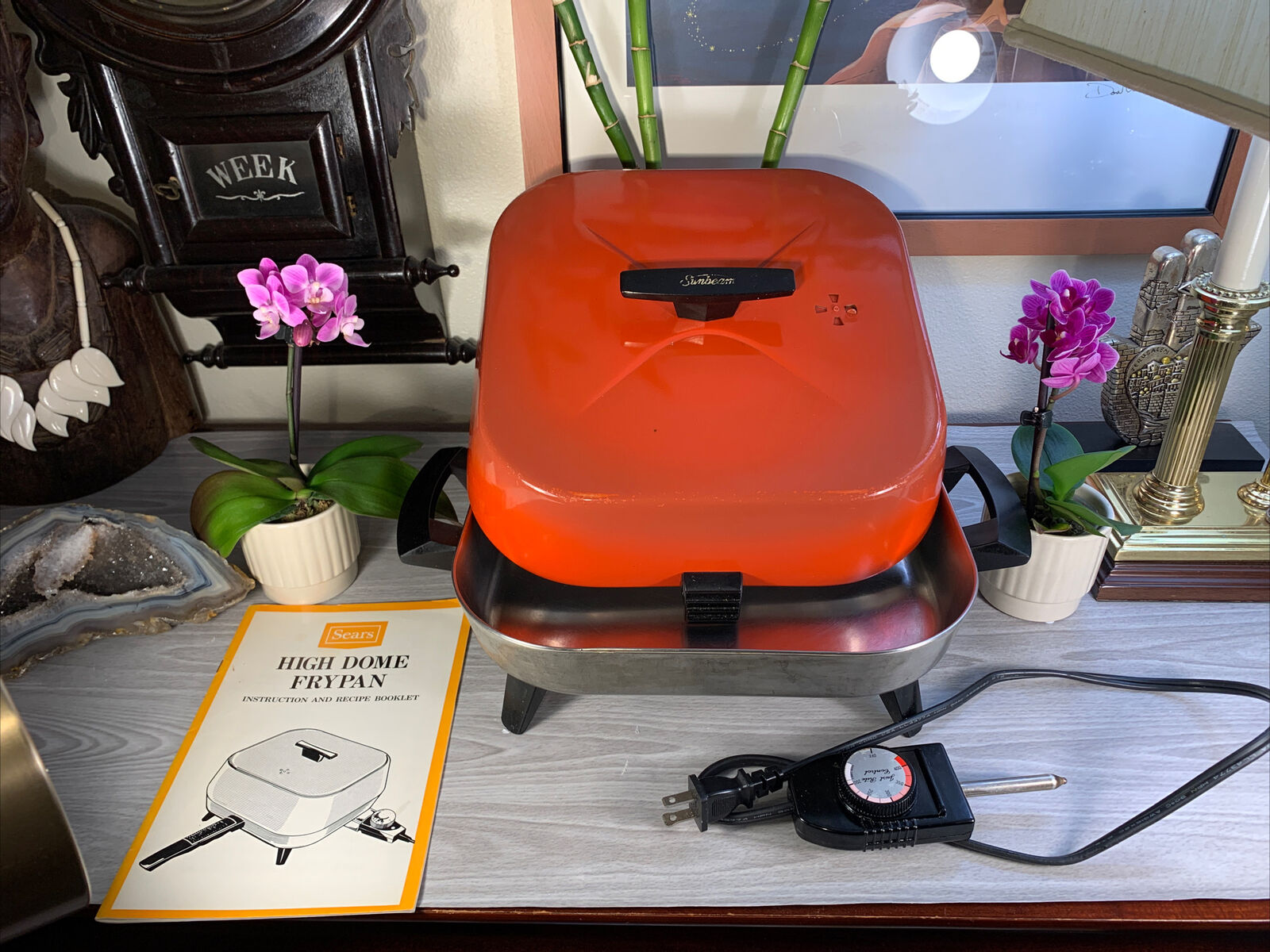
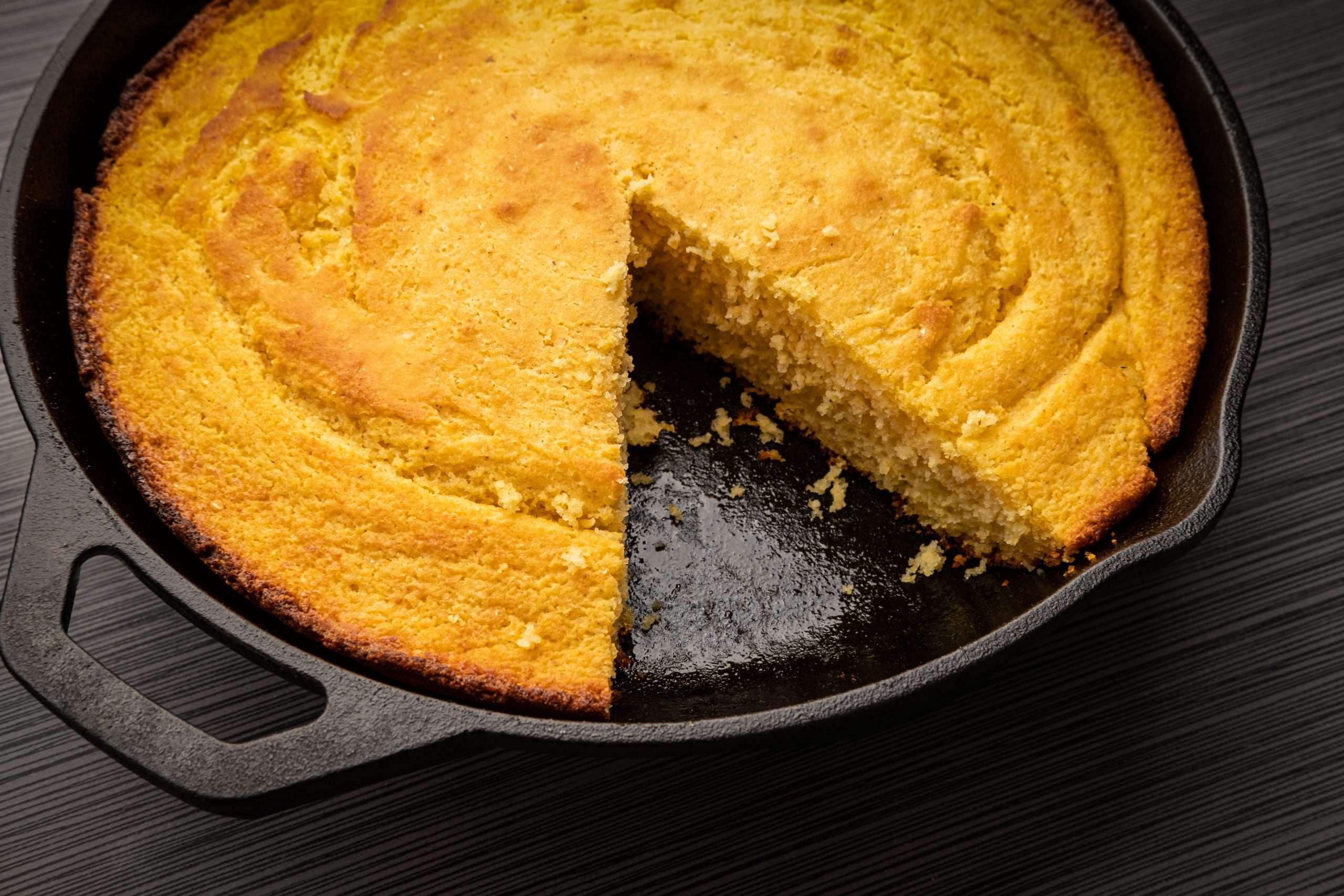
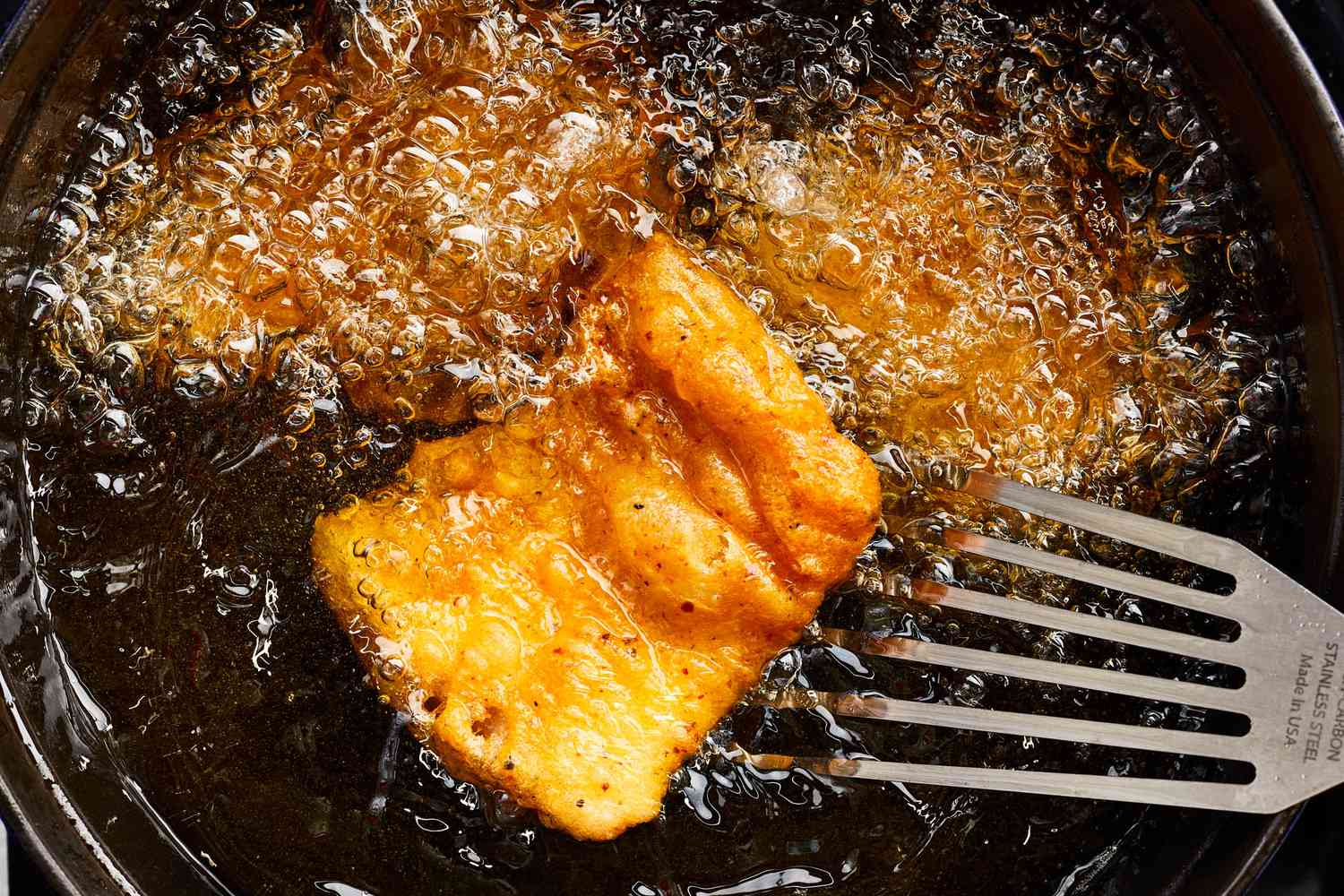
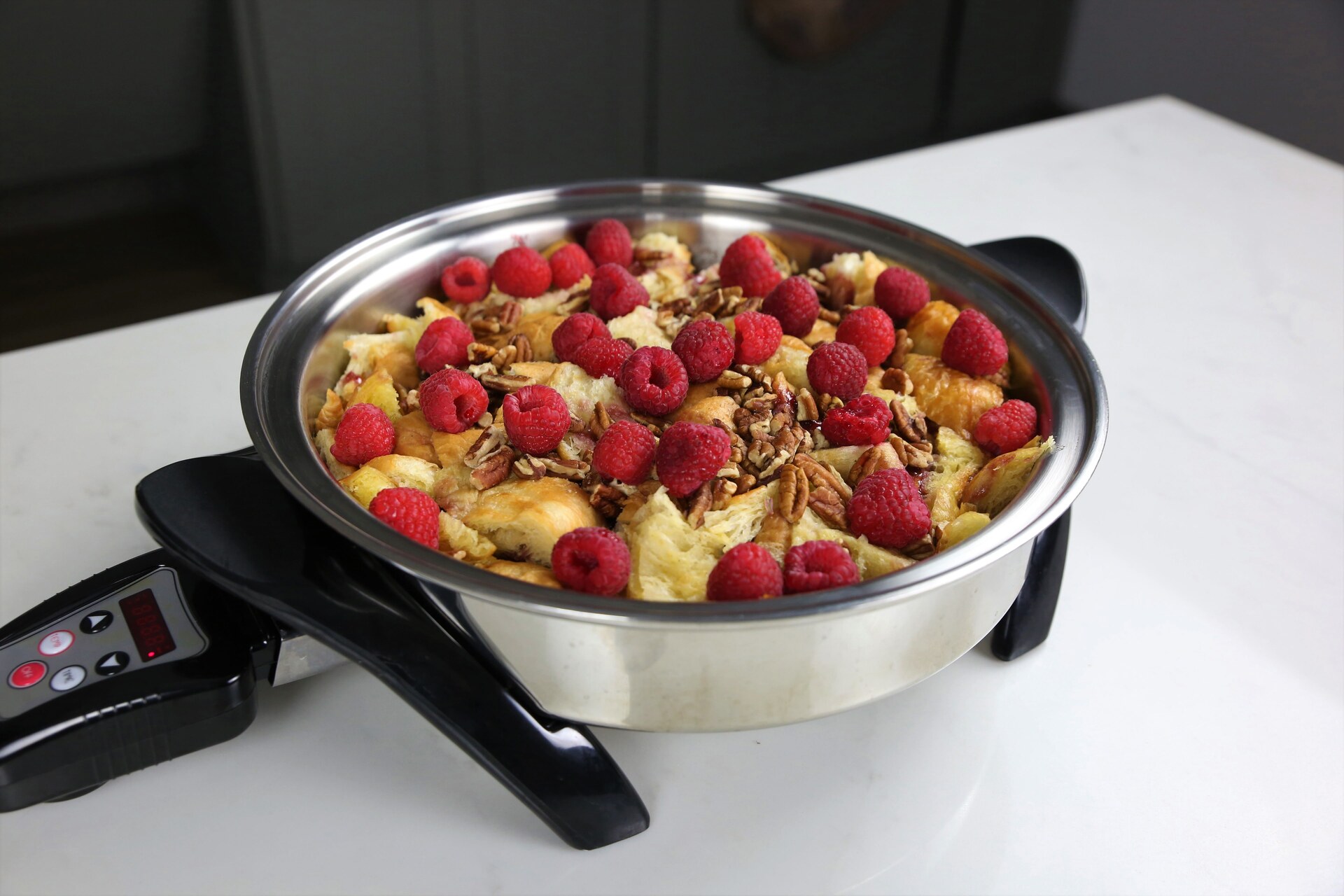
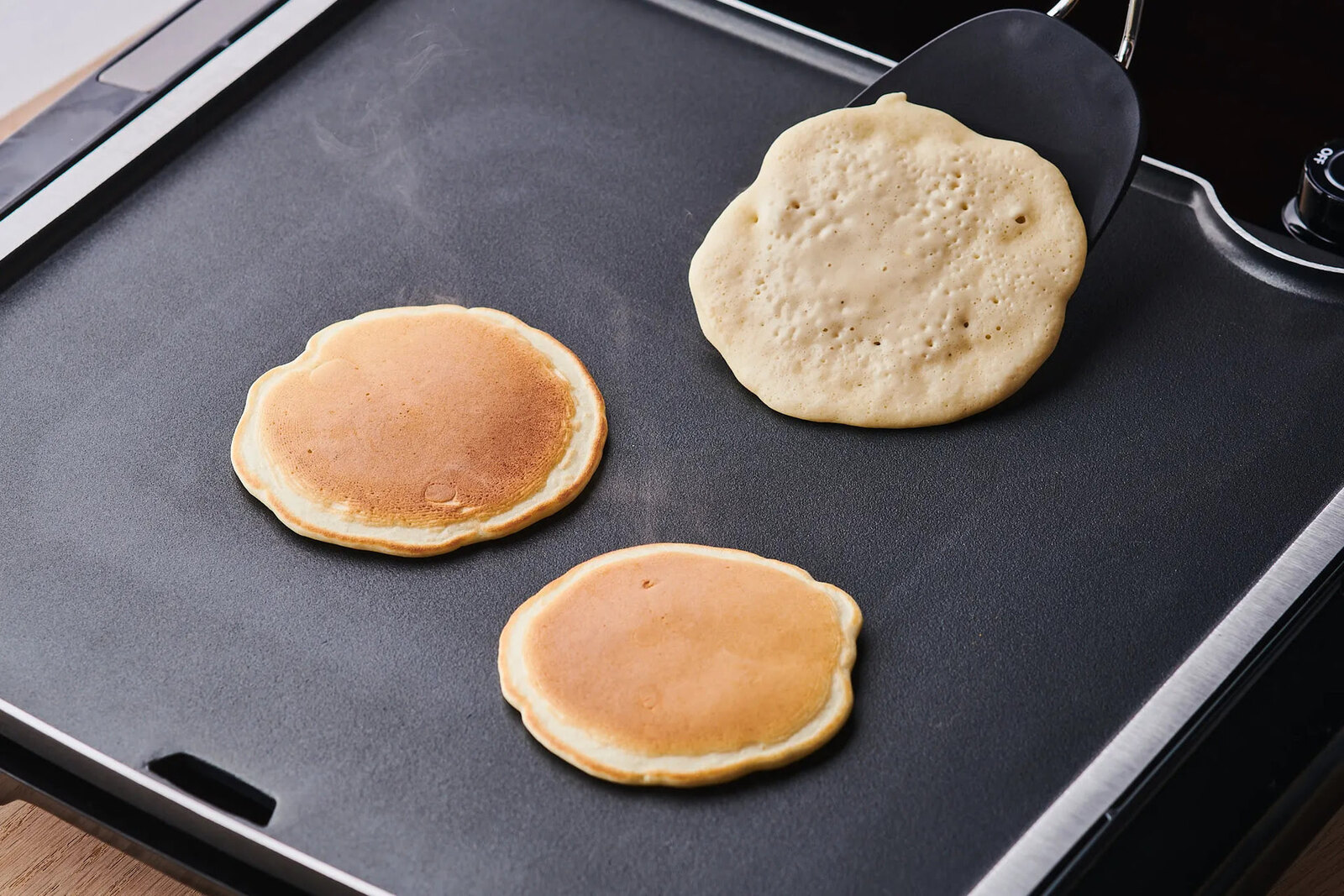
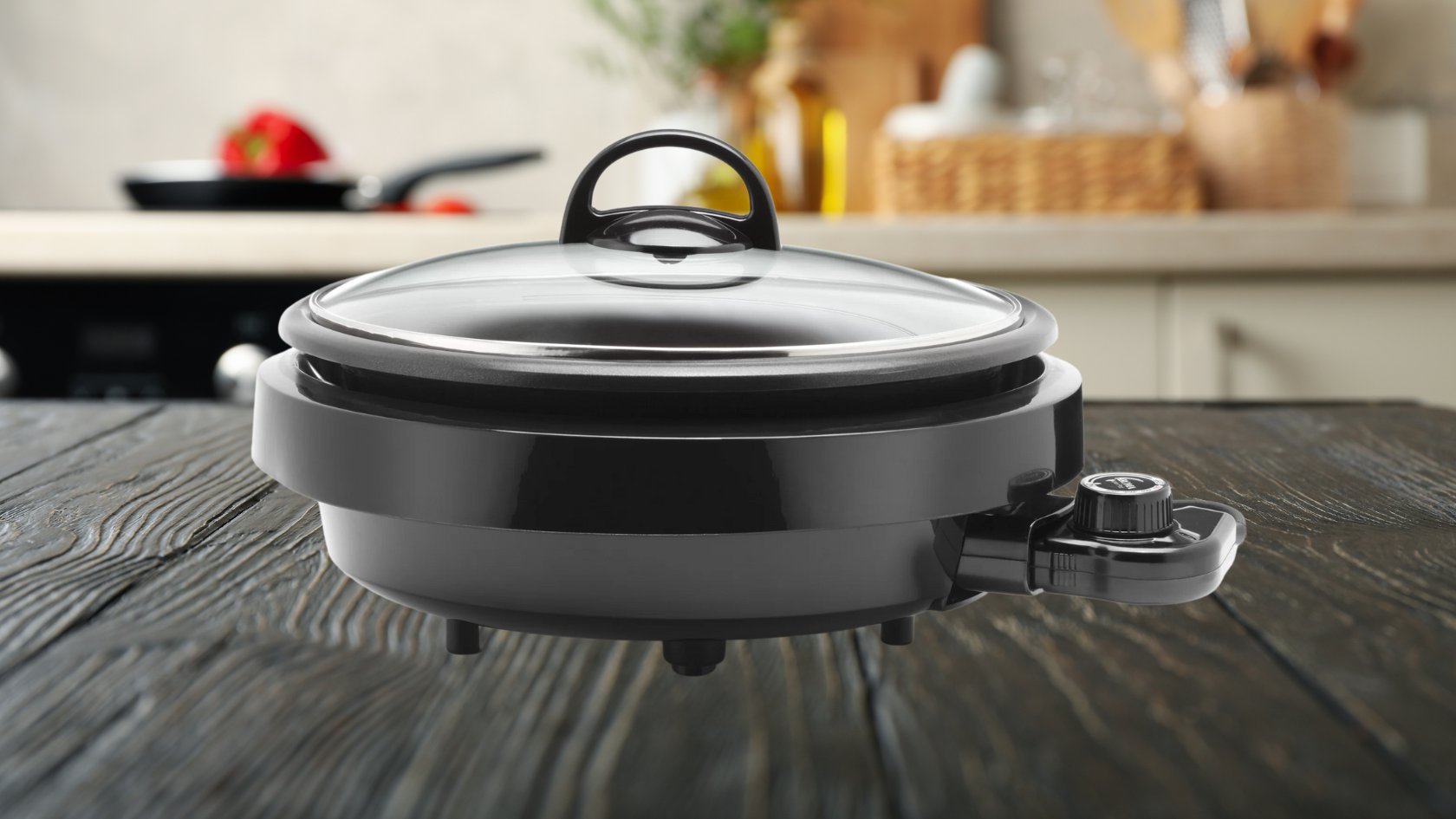
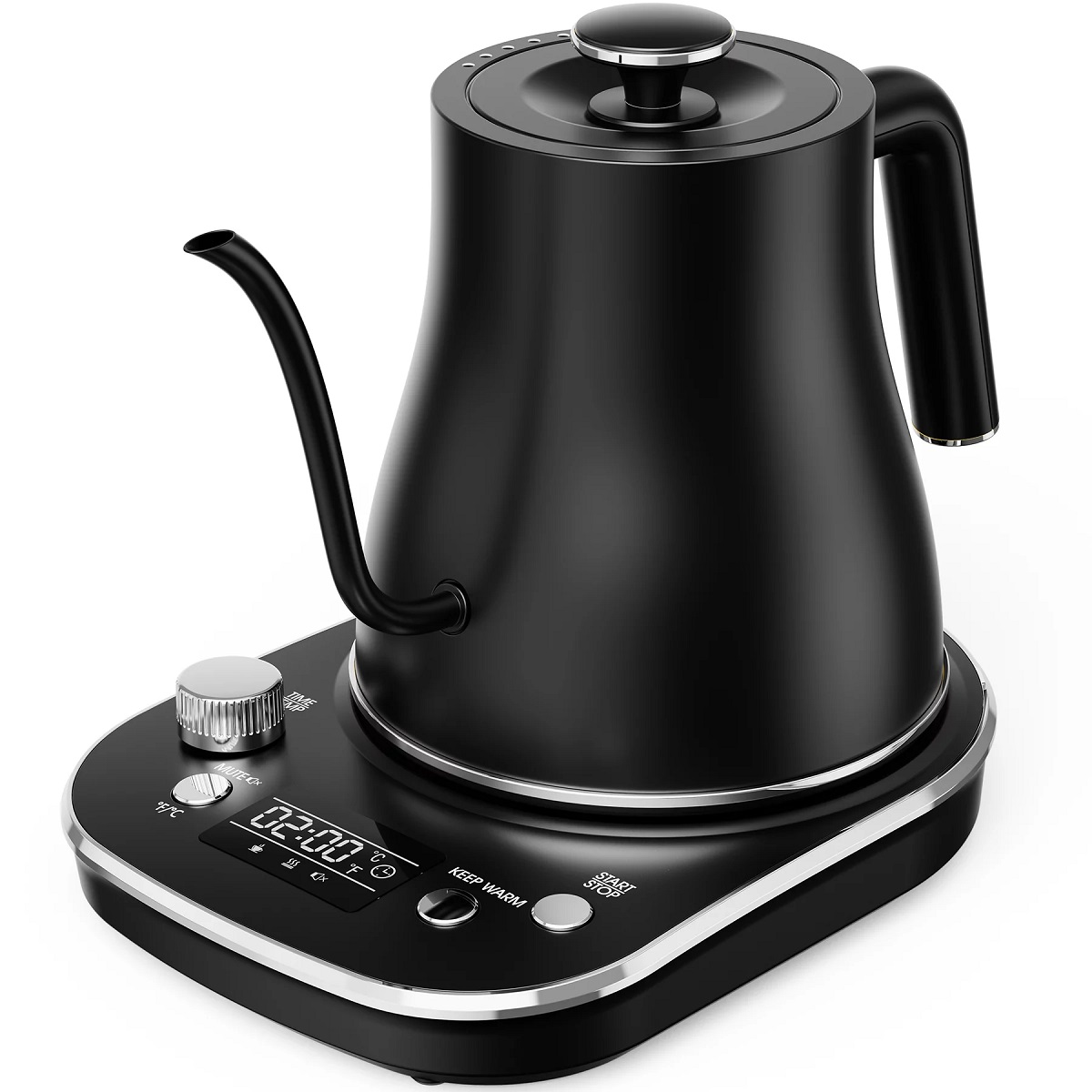
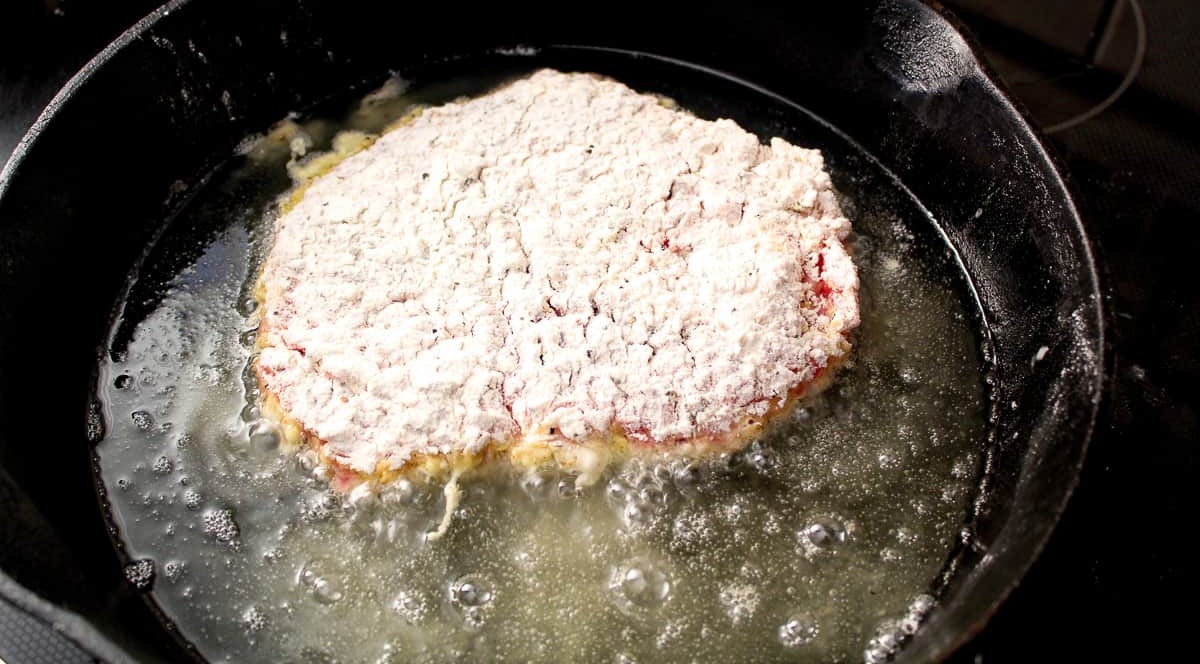

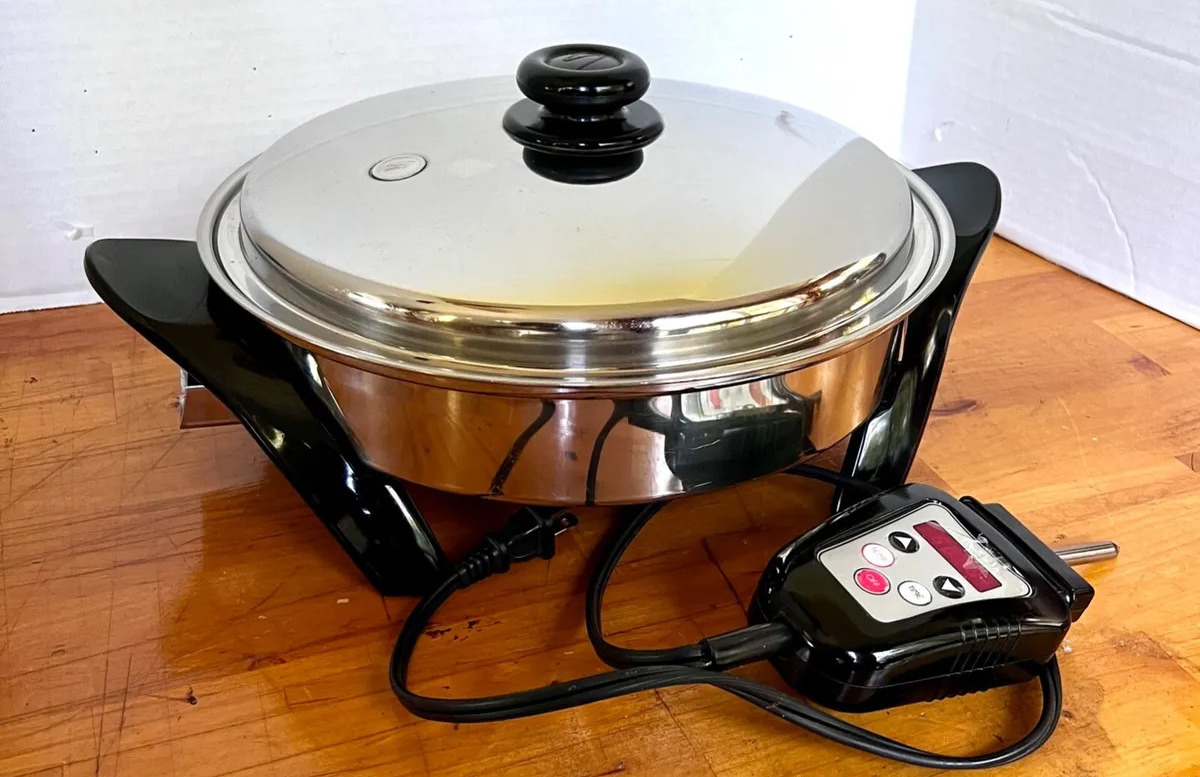
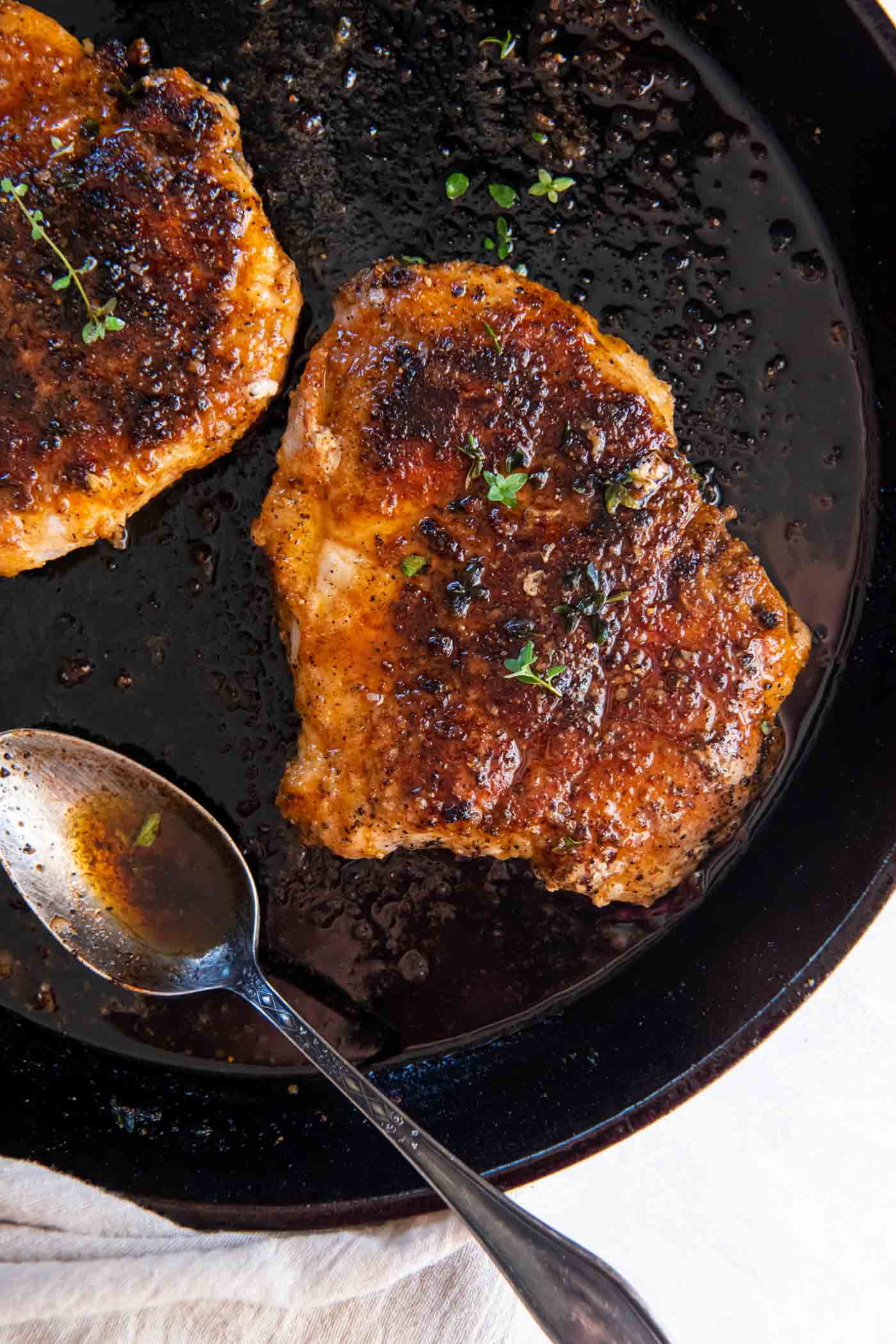
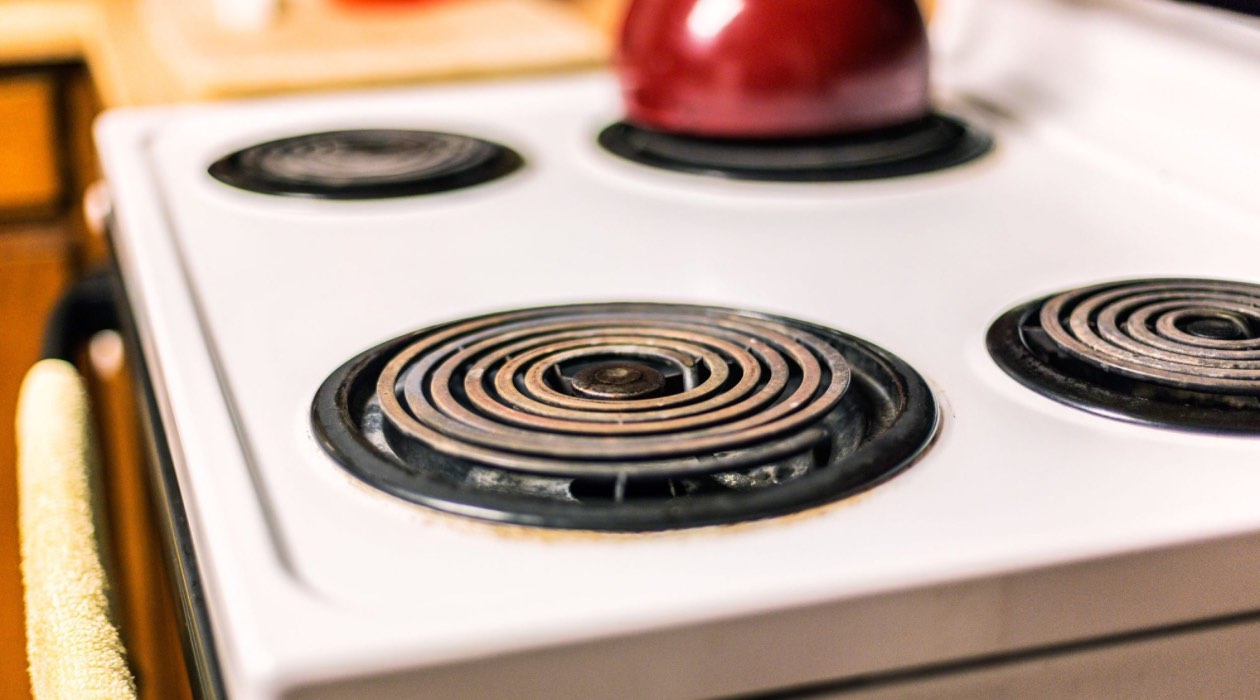
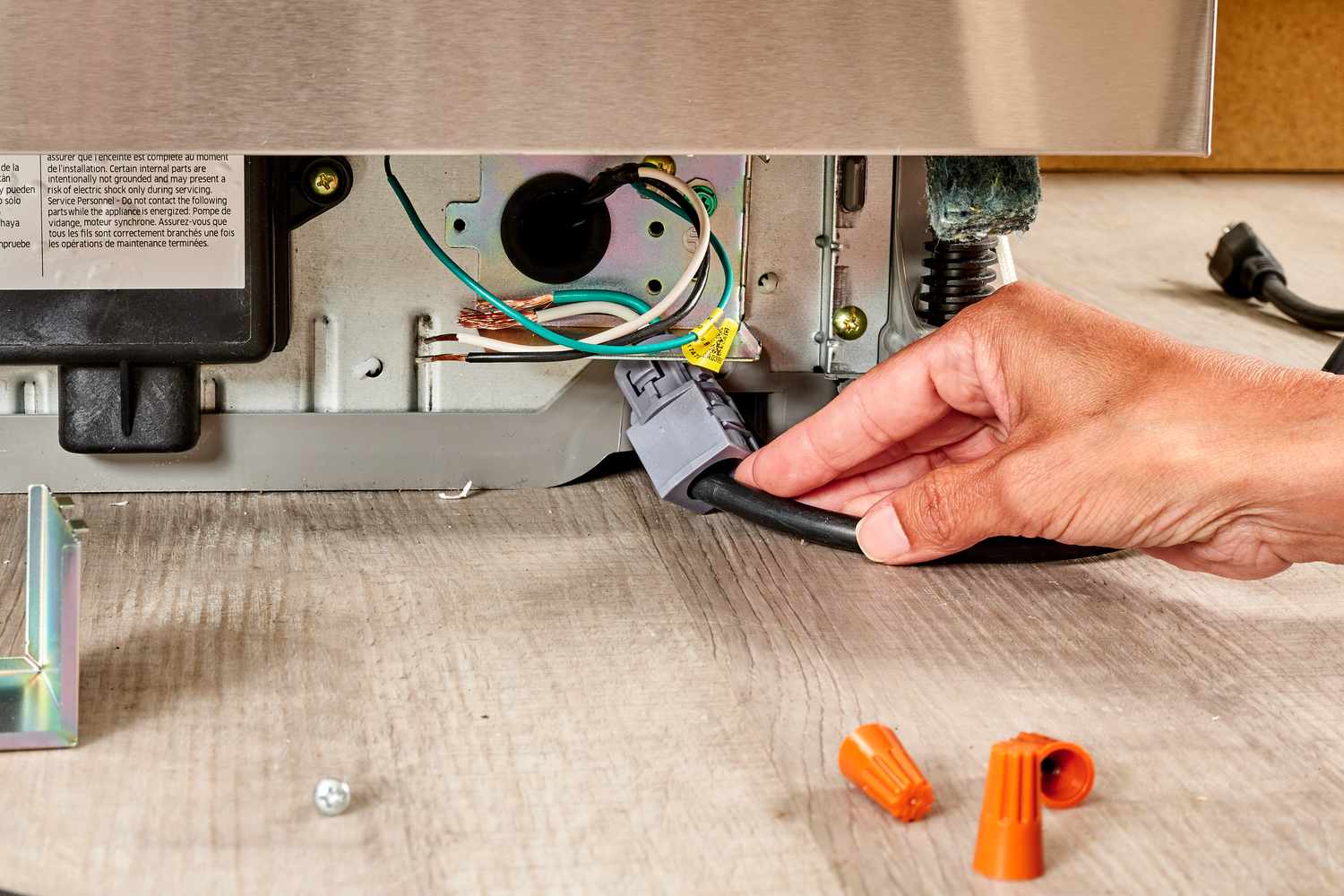
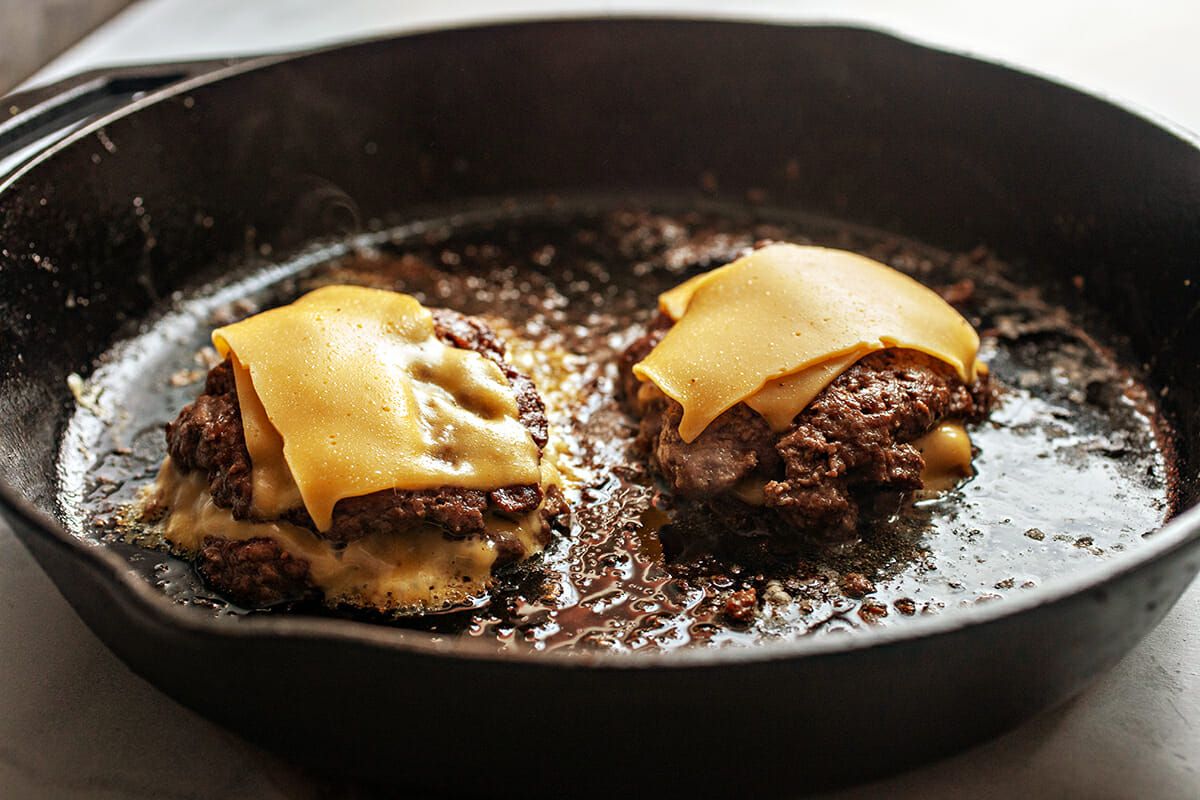

0 thoughts on “How To Take Temperature Control Off Your Electric Skillet”